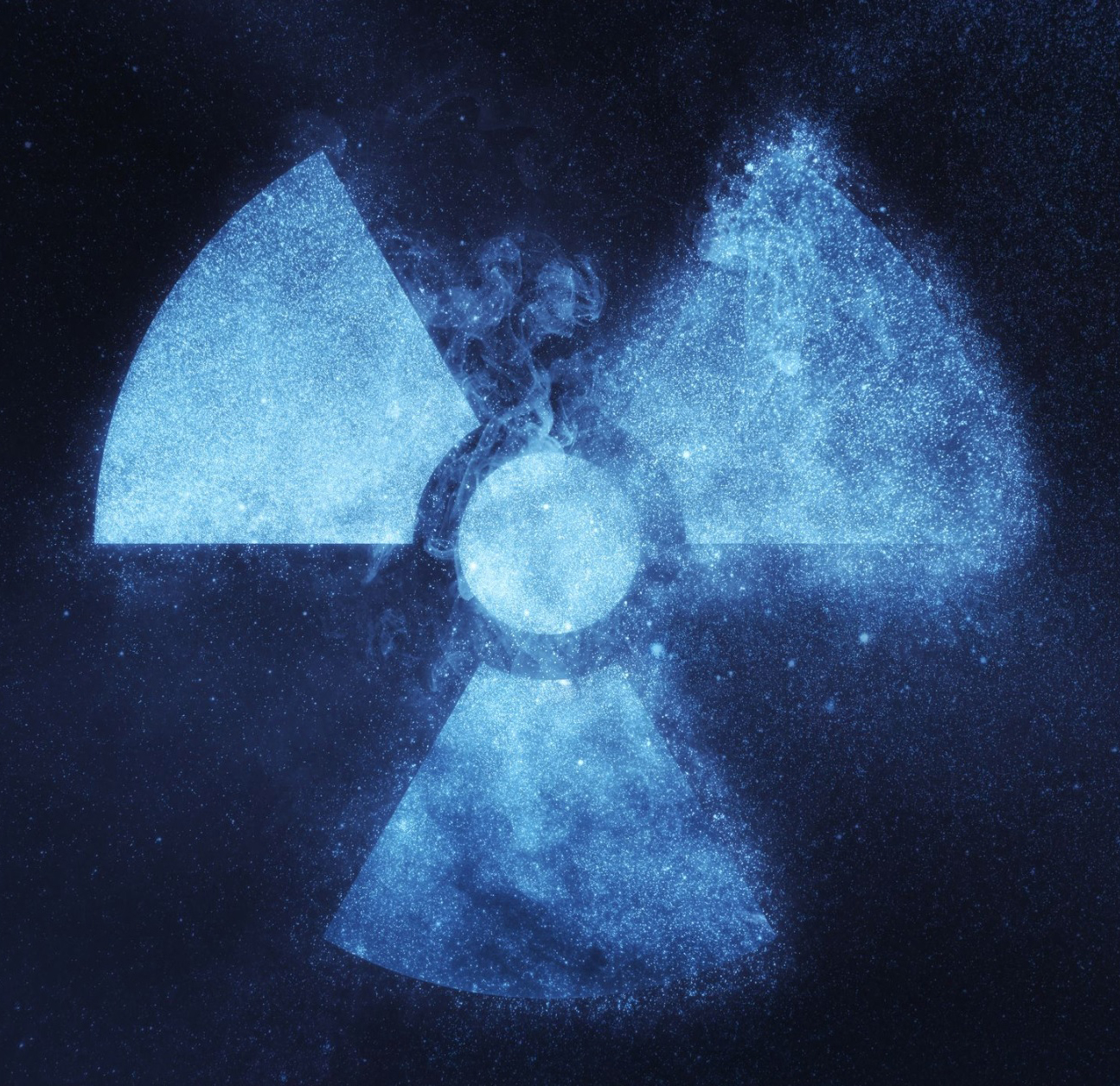
In 2010, a volcano erupted in Iceland. For Dr. Oliver Sartor, a cancer research professor at the Tulane University School of Medicine, it was a problem.
Ash from the eruption disrupted flights across Europe, including a time-sensitive shipment of experimental radioligand therapy that Sartor was expecting from Norway.
Radioligand therapy, also called radionuclide or radiopharmaceutical therapy, is a targeted form of cancer treatment that delivers radiation directly to cancer cells. While other forms of cancer treatment can target any rapidly dividing cells in the body, radioligand therapy’s precision helps limit damage to healthy, surrounding tissue.
It’s an effective form of treatment that many experts and patients are excited about, but there’s a significant catch — the medication expires within days after it’s manufactured.
A radioligand is made of a radioisotope, which emits radiation that damages cells, and a targeted ligand — a molecule that binds to specific markers on cancer cells. The radioactive component has a very short half-life, or the time it takes for the radioactivity to decrease by 50%. Once the radioactivity decays, it can no longer kill the cancer cells as effectively, which means radioligand therapy has a limited window of viability. By the time it is packaged and ready to ship, the treatment has to reach patients in a matter of days.
“It takes planning,” Sartor told CNBC. “It’s not something you just sort of walk in and say ‘Oh, I think I’ll give you [this] today.’”
Pharmaceutical company Novartis believes the returns will be worth the challenge of mastering this race against time.
Novartis currently produces two radioligand therapy treatments called Lutathera, which treats neuroendocrine tumors, a rare form of cancer in the digestive tract, and Pluvicto, for patients with a specific type of prostate cancer. They were both approved by the Food and Drug Administration.
As of October, Novartis had treated more than 16,000 neuroendocrine patients and 4,000 prostate cancer patients in the U.S. Pluvicto was approved only last March and demand is increasing. As many as 60,000 U.S. patients could ultimately benefit from the medicine, said Jeevan Virk, head of radioligand therapy at Novartis.
The drugs are expensive. The list price (wholesale acquisition cost) of Pluvicto is around $42,500, while Lutathera is around $53,200, and most patients require between four to six doses. Novartis, which generated more than $50 billion in net sales last year, believes Pluvicto holds multibillion-dollar peak sales potential.
But in order to realize that potential, Novartis has to move the medication through the supply chain seamlessly.
Expensive to produce and ship fast
Nuclear medicine has been used to treat cancer for decades, and radioligand therapy itself is not new. The therapy has previously been used to treat cancers like lymphoma, but it was not always widely accepted or used by members of the medical community.
“I think it was challenging for it to find its place,” said Dr. Delphine Chen, director of molecular imaging and therapy at Fred Hutchinson Cancer Center in Seattle.
Dr. Leo I. Gordon, a professor of cancer research at Northwestern University’s Feinberg School of Medicine, said the hesitation often comes down to finances.
Producing radioligand therapy is expensive, and companies have to be willing to shoulder the costs and navigate a challenging supply chain in the hope that they can eventually make a profit.
“I’m not sure it’s a great message to send that everything is based on profit mode and all,” he said, “but it certainly does exist in medicine, oncology and the world.”
For lymphoma, it’s not a long-term investment any company has been willing to make, Gordon said. But since Pluvicto and Lutathera outperform existing treatments available for certain prostate and neuroendocrine cancers, they are being seen to have significant commercial promise.
“There’s a lot of excitement around it,” said Chen, who has administered both drugs to patients. “A lot of patients feel better on it, so that’s really exciting and gratifying to me as a physician to be able to offer something that actually is helpful with minimal toxicity.”
